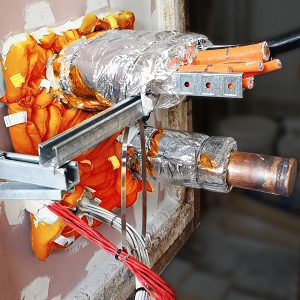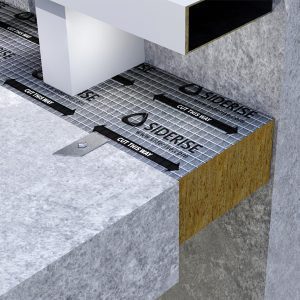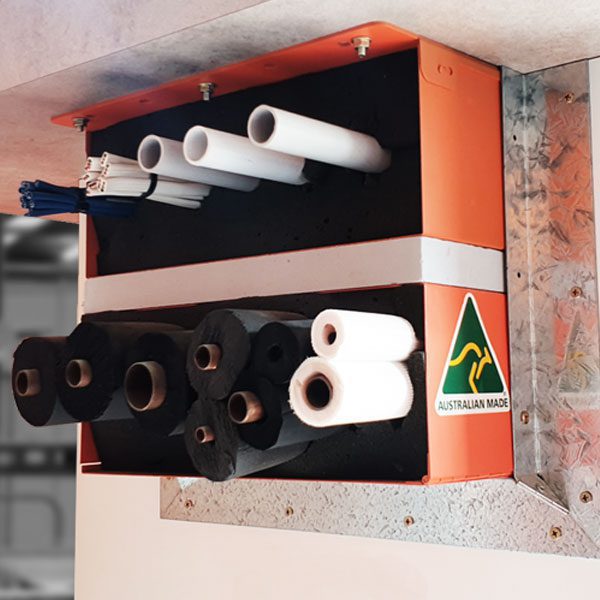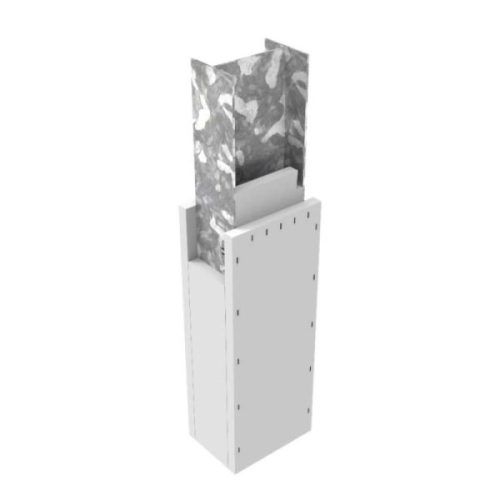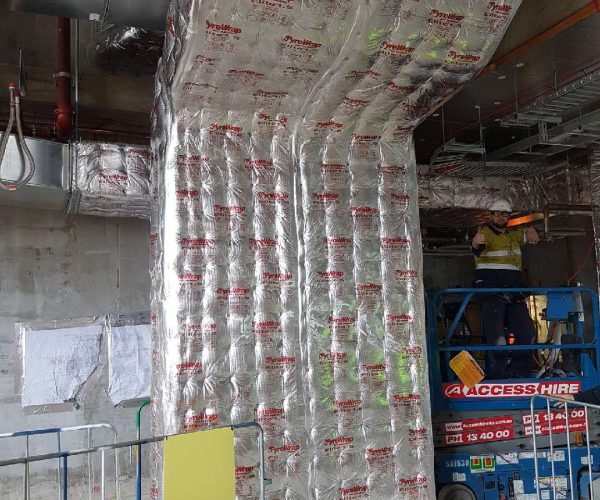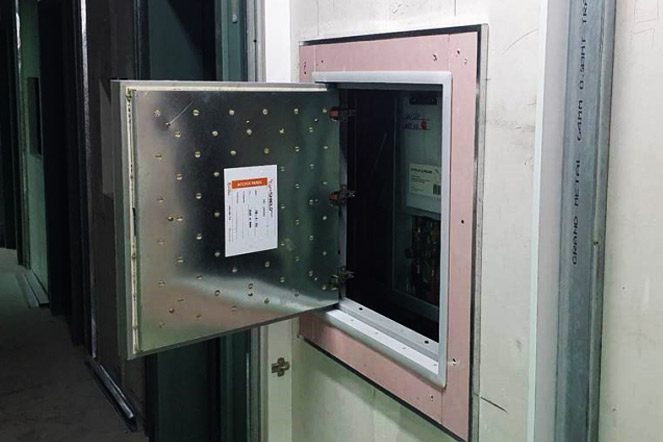What is passive fire protection?
While people are quite acquainted with the basics of fire protection like smoke detectors, sprinklers, and fire extinguishers, the importance of Passive fire protection systems like penetration seals, transit boxes, intumescent mastics, and sealants, that actually help in the containment of fire, are more than often overlooked and are almost invisible. Passive Fire Protection is an integral component of fire safety strategy for any construction project. It plays a vital, and increasingly significant role in safeguarding people, as well as limiting damage to buildings and their contents from fire and smoke.
The causes as to why a fire could start are not predictable and is not in control of architects and builders. How fire spreads through a building depends on the type of materials used in its construction, but beyond these factors, the location of windows, service penetrations, and other openings could affect the movement of fire. Hence, it is of the utmost importance to consider fire safety from the initial stages of planning or construction, as the subsequent effects of a fire can be minimalized using the appropriate and most recently tested passive fire protection systems.
Passive Fire Protection Comprises of -
Compartmentation
To limit the spread of fire and smoke to different rooms of a building, compartmentation divides the building into smaller sections using fire-resistant walls, floors and ceilings by containing it in a single room or compartment. The priority is to contain a fire within a specific section of a building, not allowing the passage of flames and smoke. This allows more time for occupants to safely evacuate a building and for fire services to extinguish the fire. Beyond saving people’s lives, fire compartmentation can potentially decrease the amount of damage to assets and property.
Where there is a service or opening that penetrates the perimeter of the fire compartment, tested systems must be used to uphold the required compartmentation. Systems include penetration seals for floors, walls, and ceilings such as Fire Collars and fire-rated mastics or intumescent sealants which can help prevent fire from spreading out of the compartment it begins in.
Trafalgar Fire also provides High-Performance Cavity Barriers for Curtain Wall and Cladding Systems which ensures drainage of moisture, assists ventilated façades to function by maintaining air-pressurization compartmentation, and in the event of a fire, provides an effective hot smoke and fire seal.
Read the full article on Cavity Barriers and their applications in Australia.
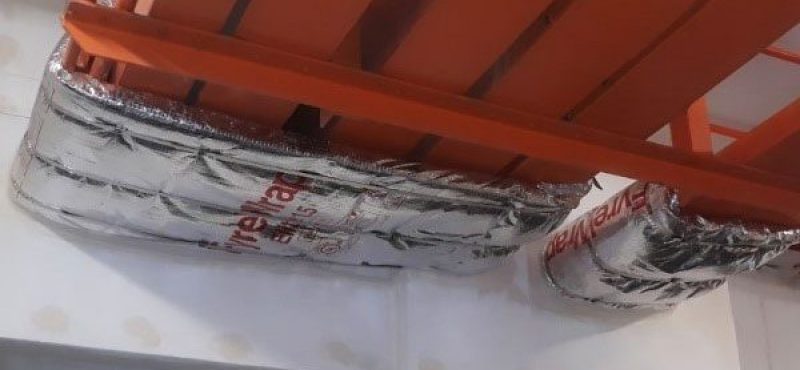
Structural Fire Protection
If the appropriate passive fire barriers and systems are in place, when exposed to fire, the building’s structural integrity must be maintained. When exposed to fire, walls can easily be incinerated, and mechanical properties of steel structures will deteriorate, which can make the building fail compartmentation. Structural fire protection guards essential structural components (such as structural steel and joint systems) from the effects of fire by providing an insulative material to the steel members. This maintains the temperature of the steel even during a fire, ensuring build compartmentation remains intact, or at worse preventing the whole building from collapsing.
Opening Protection
Even though it may be functional to have openings where you need them, when it comes to fire-rated walls and barriers, all openings need to be designed to ensure the highest integrity of the barrier so that it can function properly. For example, if an access panel has been installed in a wall with a two-hour resistance rating, the access panel must also have the same resistance to fire. This ensures that the entire compartment system will work when the situation calls for it. When a hole or penetration needs to be made in a fire-rated barrier so that important building services such as wires, cables, and pipes can be installed, the point of penetration must also be protected with compliant firestop systems. These systems should have an FRL that corresponds to the barrier’s rating as well. Furthermore, the effectiveness of a firestop can be impacted by its installation. So, it’s recommended to hire a specialist who can ensure that the right products are used and installed correctly.
Fire-Stopping Material
During construction or maintenances, fire barriers can be penetrated for electricians, plumbers, and other tradesmen and engineers to install their required services. If these service penetrations are not filled or sealed correctly, even during the construction process, or if the appropriate fire-stopping system is not used, smoke and fire can easily move upwards into walls and shafts, which can propagate fire to move from the compartment or room it started, into the rest of the building.
Pillows, Fire Collars, Transit Boxes, Insulation Wraps, Fire-Rated Access Panels, and other Penetration Seals found in the Trafalgar Product Range can help you make your building be safe from the spread of incipient fire as well as compliant to the latest National Construction Code.
